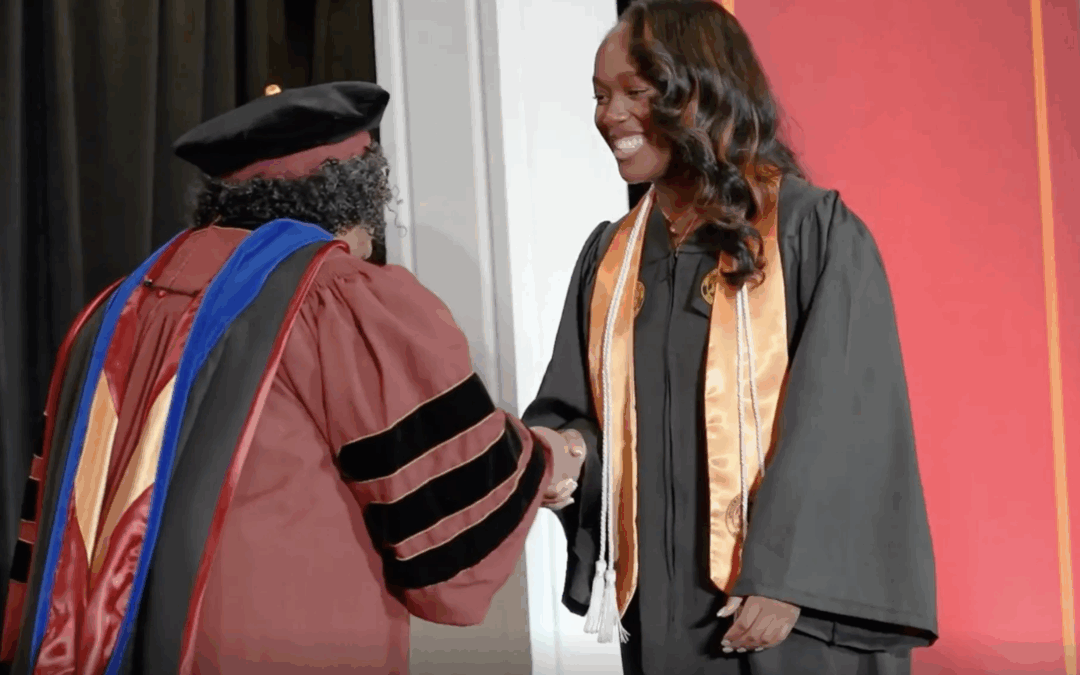
How WGU’s LERs Power Smarter Pathways for Every Learner
By Scott Pulispher, Western Governors University
At WGU, we believe that education must be designed to benefit individuals first and foremost by connecting them with opportunity. After all, when individuals thrive, workforce strength, economic vitality and innovation follow. That same belief guides our work on our Learning and Employment Record (LER), which we launched in 2025—while LERs create value in many ways, their primary purpose is a tool for empowering individuals.
LERs are secure, skills-rich digital credentials that make an individual’s skills both visible and verifiable, whether they were acquired through formal education, work experience, military service, volunteerism, or other life experiences. By recognizing skills development and learning wherever it happens and presenting it in a standardized, interoperable format, LERs enable a fuller and more accurate representation of a person’s capabilities.
In December 2025, I had the opportunity to testify before the U.S. House Subcommittee on Higher Education and the Workforce about the potential of LERs and the promising results we’re already seeing.
Now available to nearly 60,000 students, alumni, and employees, WGU’s LER platform is designed to be student-centric, skills-rich, and provide pathfinding and career exploration from day one.
- Student-centric: WGU’s LER platform was built as a student-first solution, designed to give learners the agency to verify their skills, identify gaps, and share their verified education and career achievements in a secure, portable record.
- Skills-rich: Our LER platform is not merely a collection of digital credentials; it is skills articulated. WGU was uniquely positioned to build skills-rich LERs given our approach to program design that: 1) defines workforce skills and groups them into competencies; 2) creates assessments to verify mastery of competencies; and 3) builds courses to prepare students for those assessments. This approach stands in contrast to what is often practiced at other institutions, where degrees are organized around courses and general statements of purpose rather than a clear articulation of the cumulative knowledge, skills, and abilities expected of graduates.
- Pathfinding and Career Exploration: More than just a tool to connect with employers, WGU’s LER platform is designed to be used as soon as students begin their educational journey, helping them to understand their current skill profile, discover career pathways, and follow a personalized roadmap toward their desired profession. In this way, LERs unlock powerful pathfinding tools, allowing students to explore without drifting aimlessly and racking up student debt in the process.
Early Results
Early feedback underscores the potential of this model to drive clarity, confidence, and career mobility:
- 87% of users found value in having all their education and career information in one place.
- 78% said seeing their skill gaps helped clarify how they qualify for certain jobs.
- 76% believe LERs will help them advance in their careers.
Few things are more profoundly human than enabling individuals to pursue a self-determined life. WGU’s LER—while seemingly abstract—exists for that purpose: it translates what our students know and can do into real opportunity.






Recent Comments